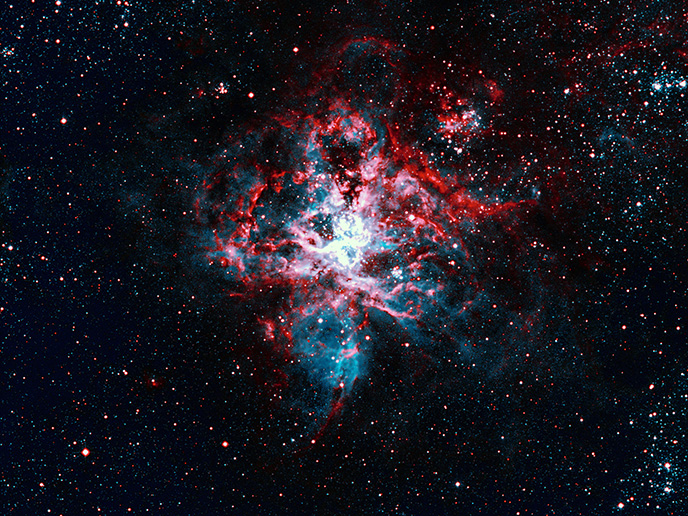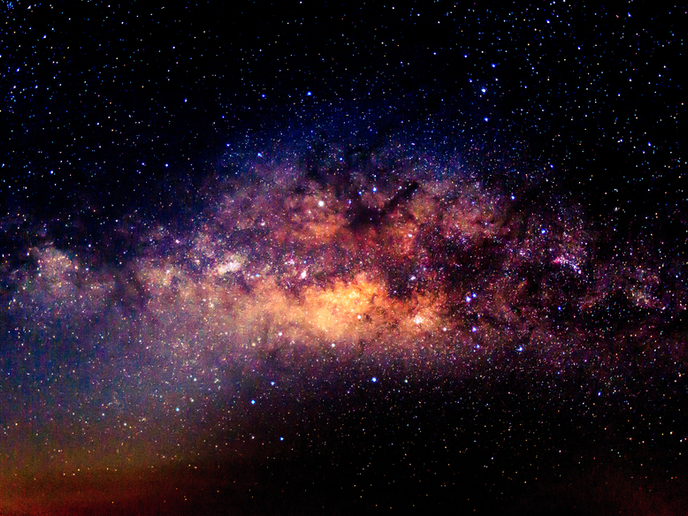Creating a 3D map of the Milky Way
The European Space Agency (ESA)’s Gaia mission is developing the largest, most precise three-dimensional map of our galaxy ever. This valuable data opens the door to a new world of potential discoveries and breakthroughs, by enabling astronomers to measure different properties – brightness, density, size, etc. – of distant objects with unprecedented accuracy. New discoveries might include planets orbiting other stars, far-distant supernovae and quasars. In order to be fully exploitable however this data must be accessible and understandable. Making the Milky Way accessible This is where the EU-funded GENIUS (Gaia European Network for Improved data User Services) project comes in. By creating an ordered archive, together with special search tools, scientists will be able to carry out thorough investigations of available Gaia data and find exactly what they are looking for. ‘The Data Processing and Analysis Consortium (DPAC) – made up of software developers and scientists – was assigned to design, implement and operate the Gaia archive,’ explains project coordinator Xavier Luri from the University of Barcelona in Spain. ‘We found that while the basic tools for archiving were in place, there was a need for more advanced tools to allow for easier and more extensive exploitation of the data. Thus, we formed the GENIUS consortium and applied for European funding.’ Launched in 2013 the GENIUS project set about developing an archive system that would enable full scientific exploitation of the Gaia data. The archive portal currently provides an interactive visual exploration of over 1 billion galactic objects. ‘We know of no other service currently providing this in a scientific context,’ says Luri. ‘Since we are integrated into the DPAC consortium and several of the GENIUS members are part of the DPAC executive committee, our contributions form an integral part of the Gaia archive system. These developments will now be developed and built upon.’ The sky is the limit The archive will be used to facilitate outreach and academic activities in order to engage the public in science in general and astronomy in particular. The service is also expandable, and will form the platform for future data releases and even to other mission archives. ‘During GENIUS we also started to explore new ways of working with huge data volumes based on state-of-the-art technologies for Big Data,’ says Luri. ‘This has applications not only for astronomy but also for many scientific data processing developments such as particle physics, where the data size and computing needs will require new methodologies to work with large datasets.’ Initial data from Gaia on over a billion stars was released in September 2016, the biggest archive of celestial objects in the Milky Way that has ever been collected. This archive will be fine-tuned before its final publication, in order to increase precision and reduce uncertainties. It is expected that the finalised archive will contain around 2 billion objects. Luri also believes that the project is a good example of how ESA and the European Commission can successfully collaborate on strengthening the foundations of European space science and technology. ‘While Gaia spacecraft construction and operations is funded and managed by ESA, data processing and exploitation is the responsibility of the European scientific community and national funding agencies,’ he says.
Keywords
GENIUS, Milky Way, GAIA, ESA, EUCLID, archive







